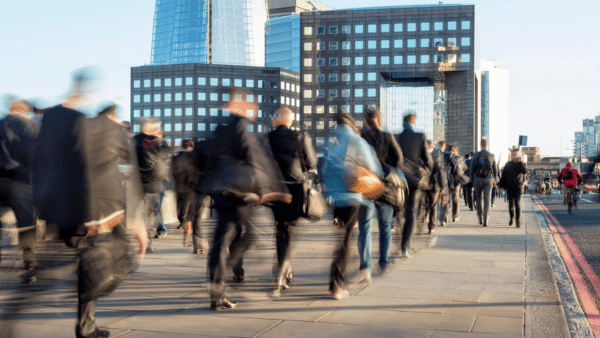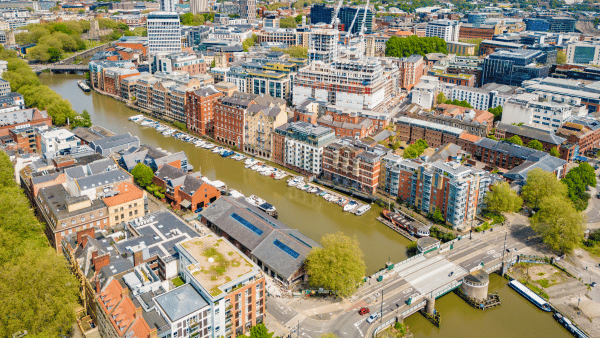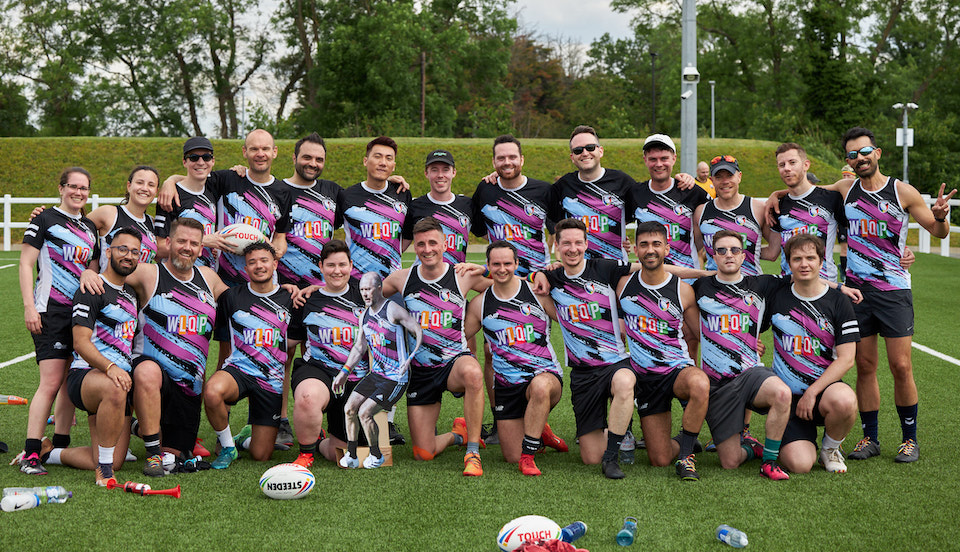The latest Livable Cities index was released last month, and I was struck by the presence of three Canadian cities in the top ten: Vancouver, Calgary, and Toronto. But what surprised me was the omission of Montréal, which trailed its Canadian urban colleagues.
I’ve always been highly suspicious of the measures these media-worthy rankings use to evaluate places. And perhaps that’s exactly the problem: they don’t actually measure the quality of a place. Instead, they focus on a set of narrow outcomes, which in fact are not always the best indicators of the quality of a place; in this case, a city place. A quick perusal of the list will tell you that, as so many favorite city places which the world never wants to be without – New York City, Paris and London – score low.
Case in point: Montréal. On a recent visit there, here is what I experienced.
Dense neighbourhoods. The vernacular housing form in Montréal is unmistakable, and, for anyone like me who took a CanLit course (Canadian Literature) in college, you’ll recognize the long rows of two storey, connected townhouses with exterior fire escapes, from the novels of Mordecai Richler. They’re still there, lining leafy streets and backed by jaunty laneways that seem to harbor all sorts of tinkering spaces, back decks and porches. But the neighborhoods of the city don’t feel monolithic or overly uniform: you still get surprised going around a corner and seeing an old church (Le Salon 1861) that’s been converted to a community hub with a high end restaurant out front to pay the rent.
Vibrant local shopping districts. A few blocks from these neighborhoods, there are shopping areas that would once have been called funky, but in common parlance are now referred to as ‘vibrant’. This is code for diverse – lots of small, seemingly idiosyncratic shops. On a recent visit there, I was struck by the total absence of chain stores. I’m sure they’re somewhere in the region, but they’re not in these local shopping districts. What a contrast to their ubiquity on seemingly every corner in other cities of similar size. Instead what you find are bagel shops, diners, amped up coffee shops, consignment stores, restos, groceries, bakeries, as well as advertising agencies, co-working spaces. Not a global brand to be seen along these local streets.
Dynamic Public, or Shared, Spaces. On my most recent visit, I was taken around to meet all the folks associated with the Quartiers des Spectacle, a series of closed streets, vacant lots, and green spaces that have been stitched together to host a series of outdoor celebrations in the centre of the city. The scale of this installation staggered me (it’s programmed throughout the year) – as did its connectivity. Music, theatre, dance, films, gardens, tours are all programmed, spurring lots of small shops and pop ups to cater to visitors and an ever increasing number of residents. Cited in the original ‘red light district’ of the city, for decades artists have found suitable and cheap spaces in the Quartier, and over time various cultural institutions have established here. The Quartier has developed ten principles to guide its development, which stuck me as pretty universal:
Combined effect: Vive la local! This combination of unique neighbourhoods and interesting local businesses, together with a lively, connected network of shared spaces packs quite a local punch for Montréal.
But looking at why this may have happened is instructive.
In the 1980s. Quebec - the Canadian province in which Montréal is located - the quest for a sovereign identity, which would liberate the francophone community linguistically, culturally and economically from English Canada, was at its peak. A sovereigntist government was elected provincially, with a mandate to create a separate nation state. Large corporate interests decamped from Montréal, fearing the implications of heavier nationalist-driven regulation and policy. Head offices, and the white collar jobs they generated, fled for the quieter climes of Toronto, leaving Montréal’s economy in tatters.
For a while.
Perhaps one of the unintended consequences of their defection, though, was creating the conditions for local enterprises to emerge, and thrive. Some, like Cirque de Soleil, have become extraordinary generators of international success. Others, like the famed St Viateur bagel shop, continue to serve a local and city-wide customer base, and this New Yorker, who routinely smuggles a dozen across the border on every trip.
The withdrawal of global capital also incentivized the search for alternate forms of finance and business development. They made Montréal and the Province of Quebec global leaders in the growing social economy.
I’m sure the macro-economists have stacks of reports on the various factors contributing to Montréal’s economic success. But on the street, what you see and feel is a unique, authentic mix of choices.
So although some of the motivations, and certainly most of the rhetoric, for creating smaller, more locally responsive political and economic units is nativist, verging on xenophobic, there may be a quiet stirring of localists who welcome the web of local economic connections becoming more dominant. We know from the experiences in cities post- disaster, that the locally owned shops and services return much more quickly than the ones led from far away. That tells us something about resilience: local webs are stronger and repair more quickly.
In 1979, the city and economy watcher Jane Jacobs delivered Canada’s annual Massey Lecture, a radio broadcast offered by a noted public intellectual. Her topic: Canadian Cities and Sovereignty Association which was later published as A Question of Separatism: Quebec and the Struggle over Sovereignty
In it, she made what was then a heretical assertion to the majority of English Canadians: a new deal for Quebec would be good because it would cut Montréal loose from the shackles of an artificial ‘national’ economy.
Political separation never happened. But an economic transformation seems to be, supported by the particulars of a place called Montréal.
Mary Rowe is an urbanist with a particular interest in self-organization and its importance in making cities and communities economically, socially, culturally and environmentally resilient. She lives in New York City and is a fellow with Project for Public Spaces and Evergreen Canada.
Related articles
-
Counting the cost of bowling alone
Andy Haldane
In his 2025 CEO Lecture, Andy Haldane addresses how the ever-increasing cross-border flows of goods, people and information affect widening divisions and accelerate the depletion of social capital.
-
Prosperous Places: creating thriving communities
Tom Stratton
With regional growth at the top of the agenda, it is vital that we create thriving communities across economic, social and natural perspectives. Prosperous Places is a suite of interventions aimed at responding to the unique ambitions and challenges of places.
-
Pride interview: Felipe Tozzato
Deborah Ajia
The commercial photographer and RSA Fellow explains what Pride means to him, the importance of courage, making friends through rugby and why being gay is his superpower.




Be the first to write a comment
Comments
Please login to post a comment or reply
Don't have an account? Click here to register.